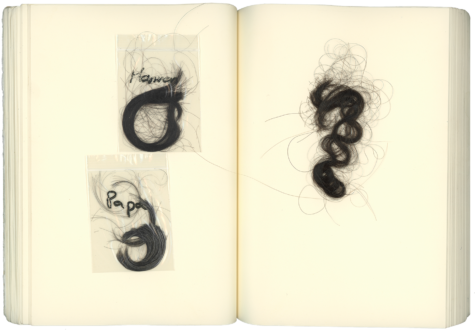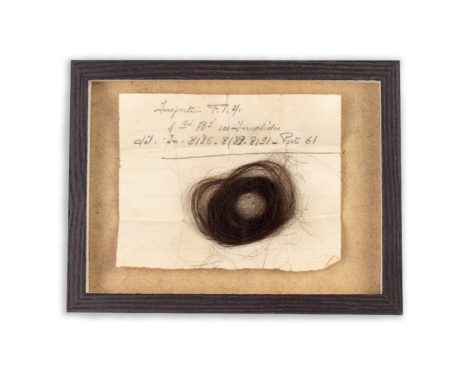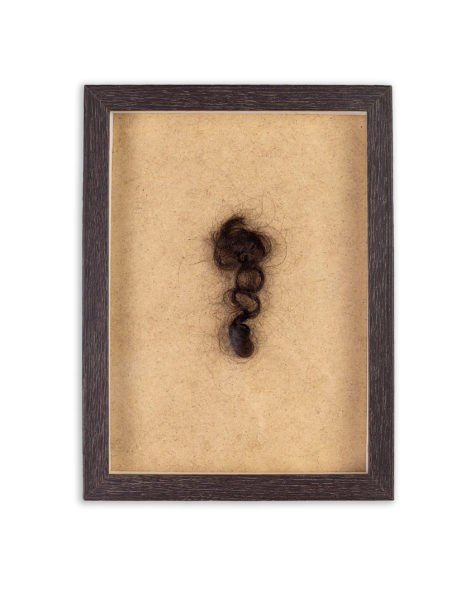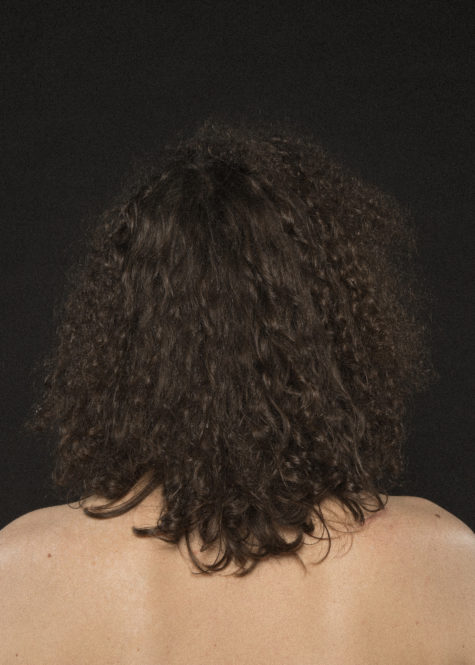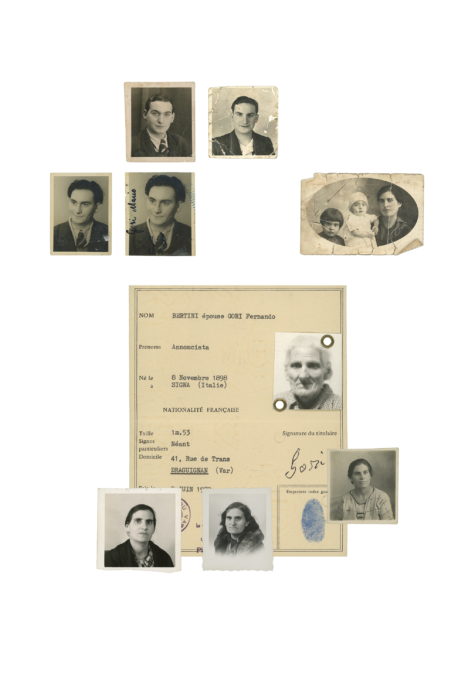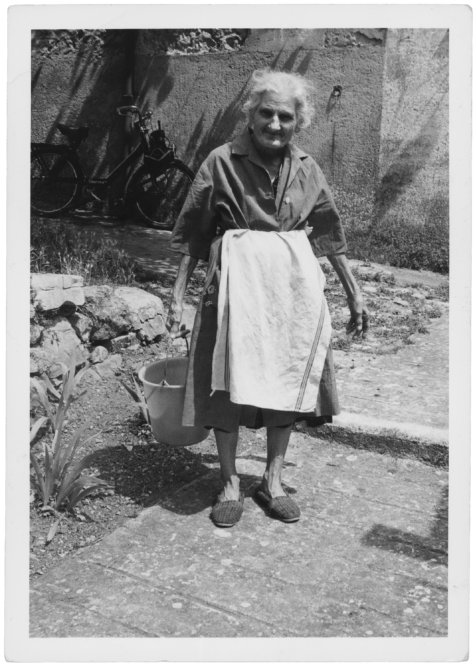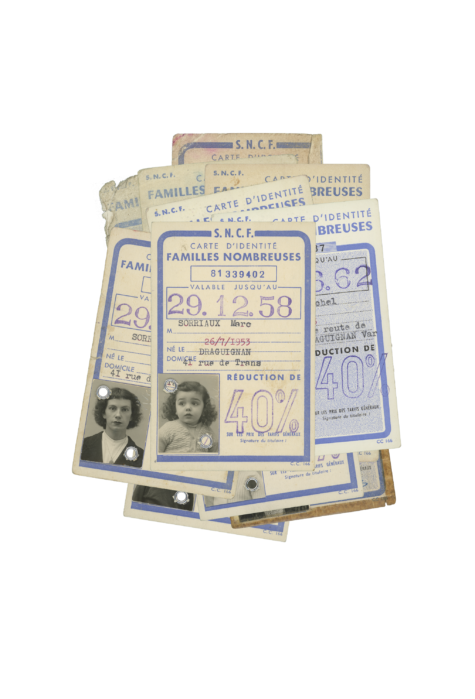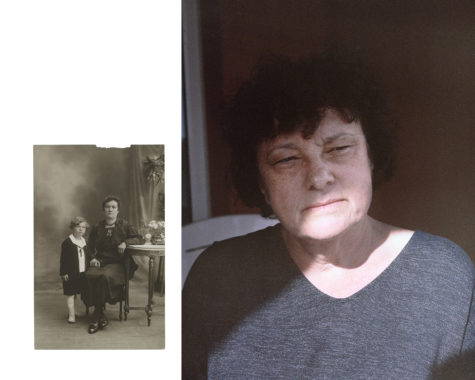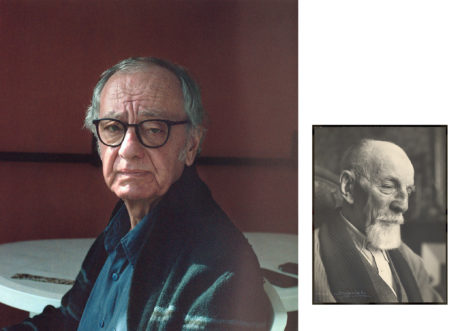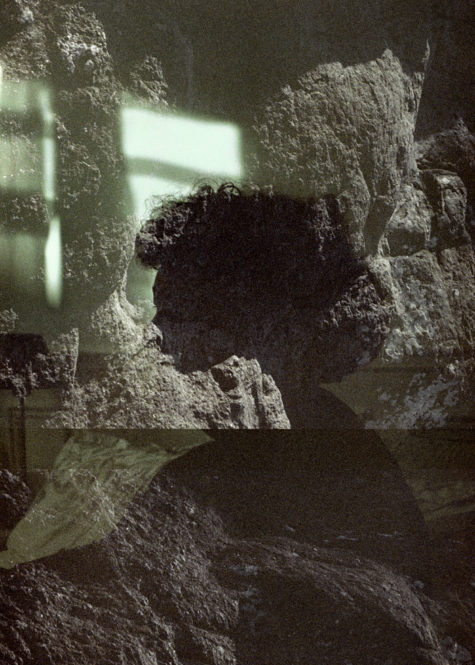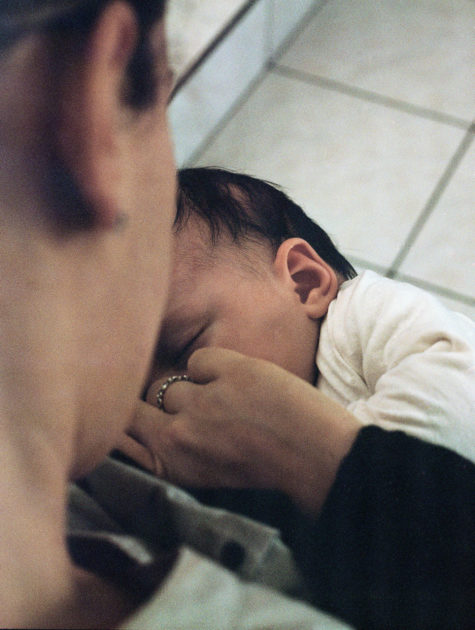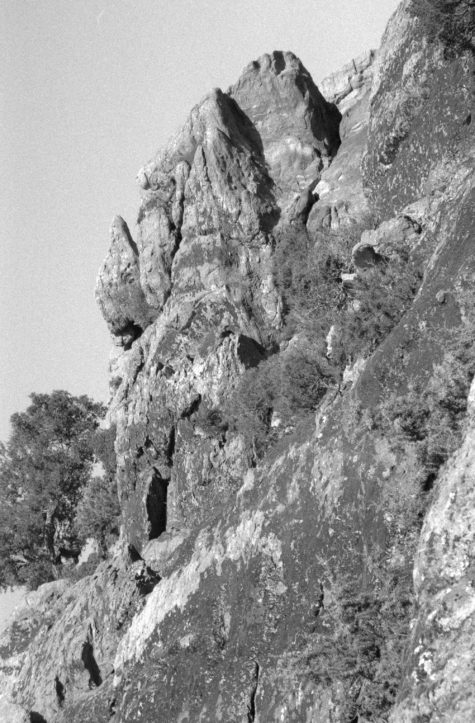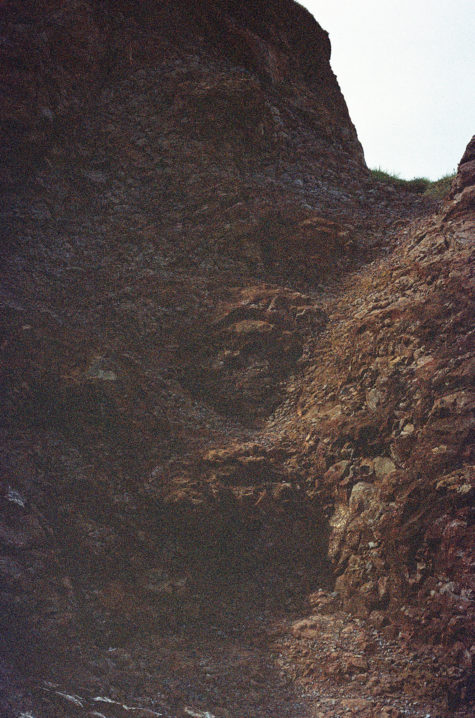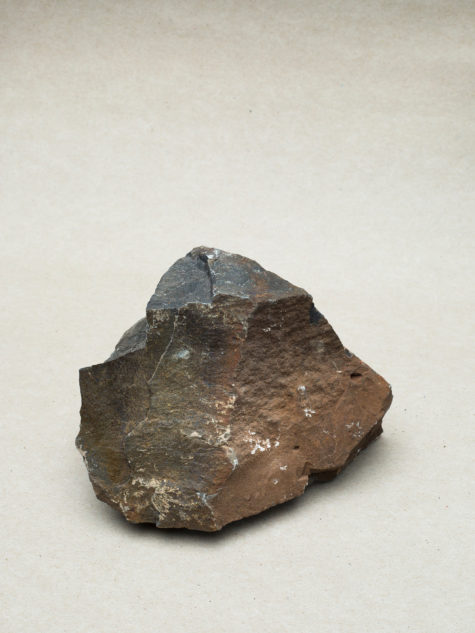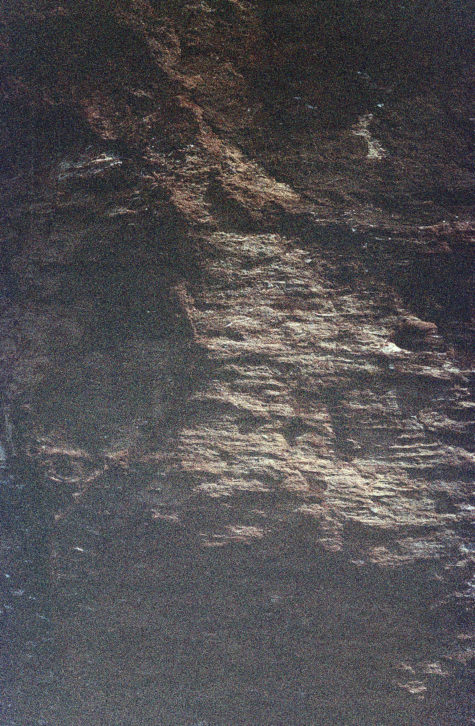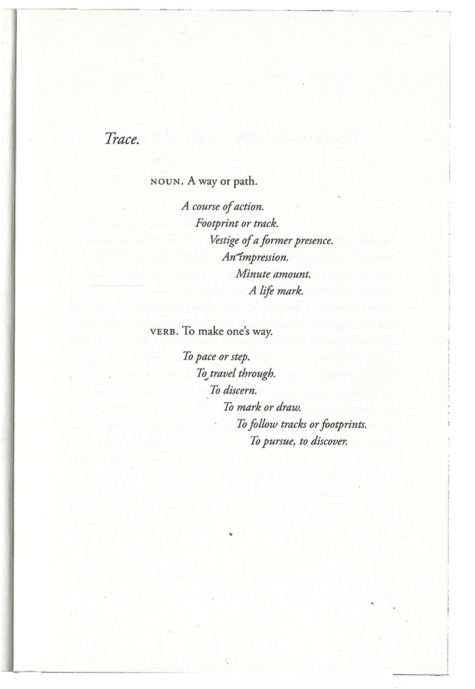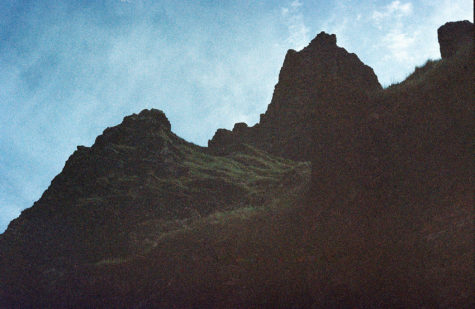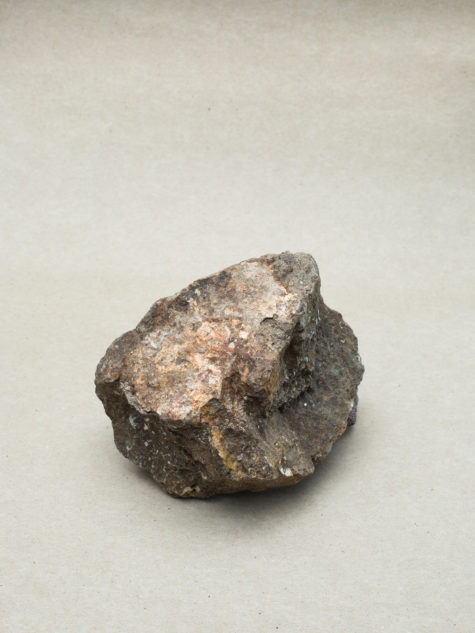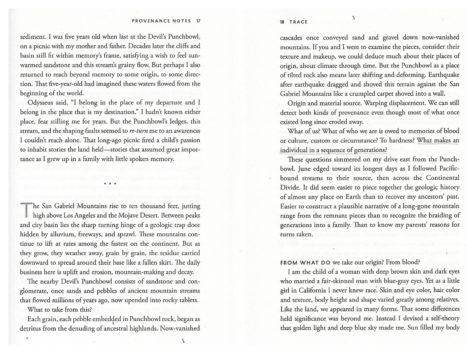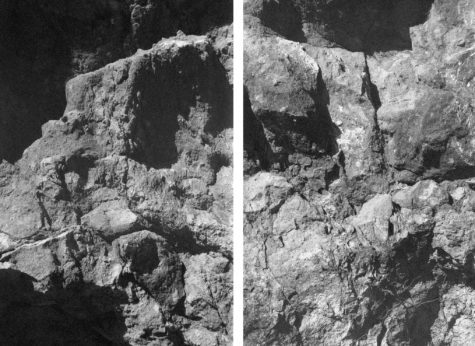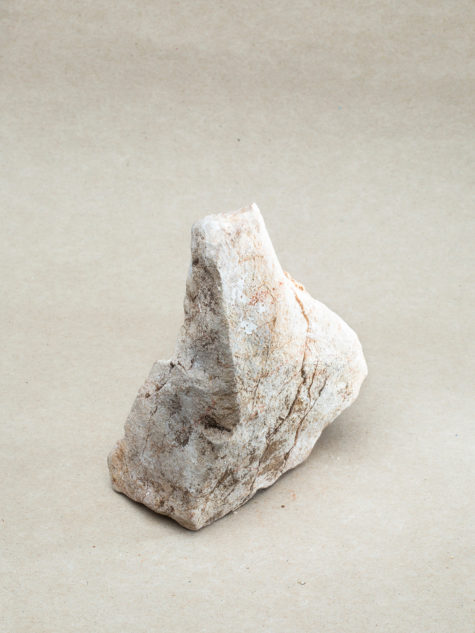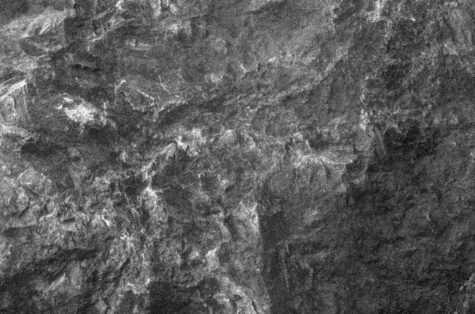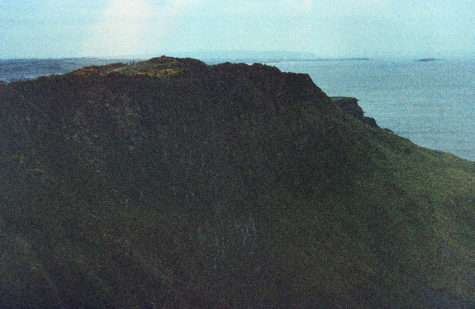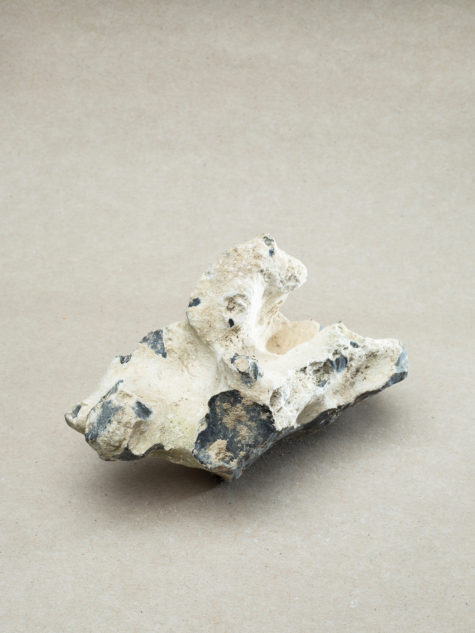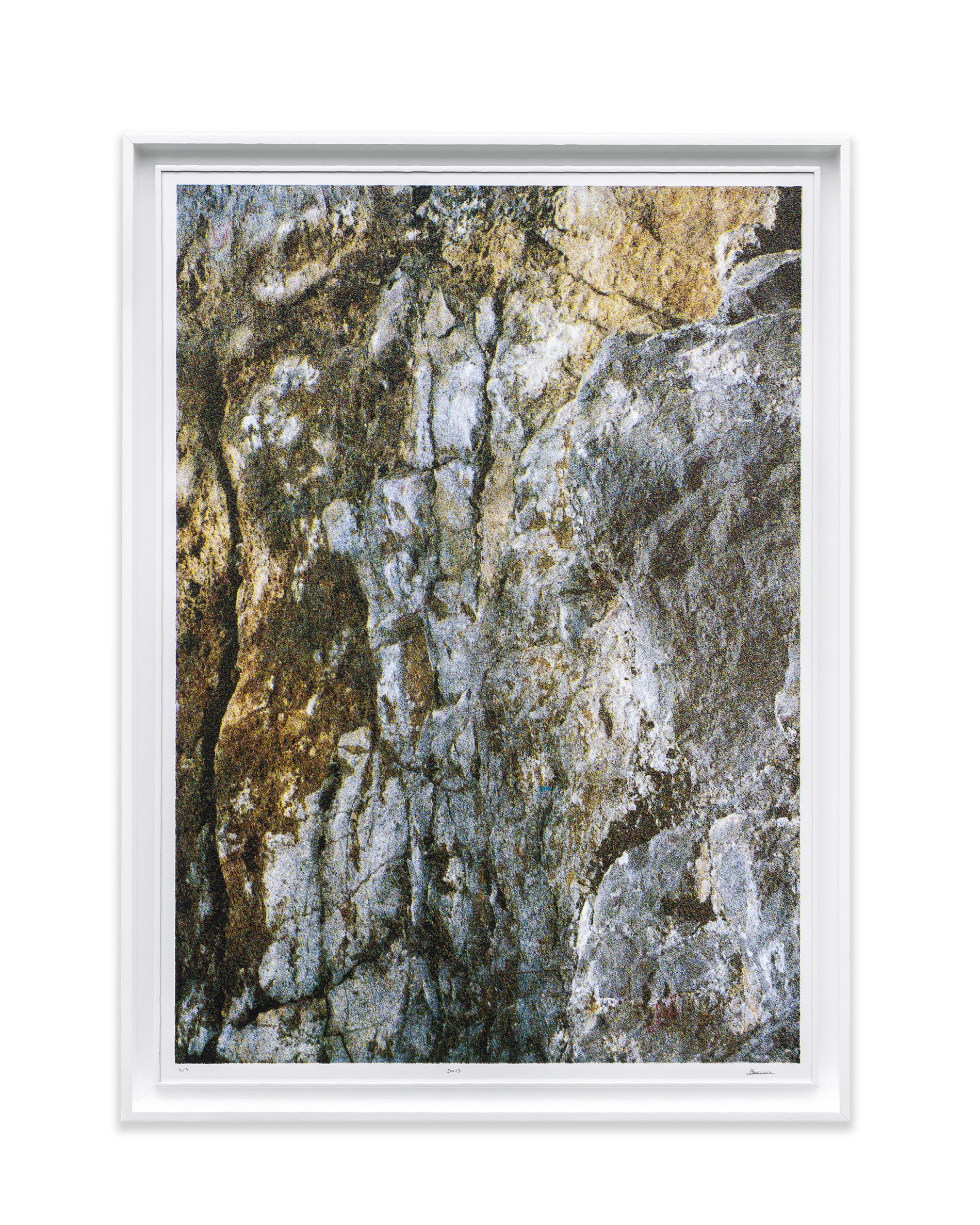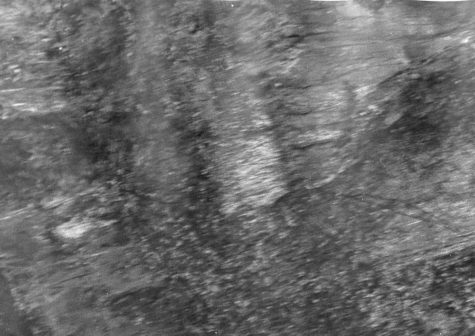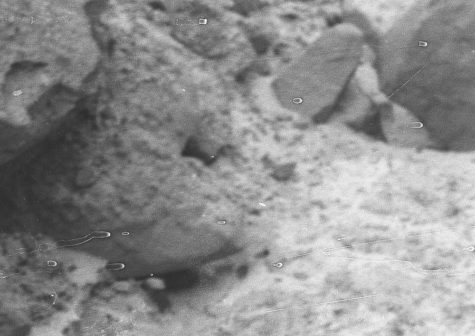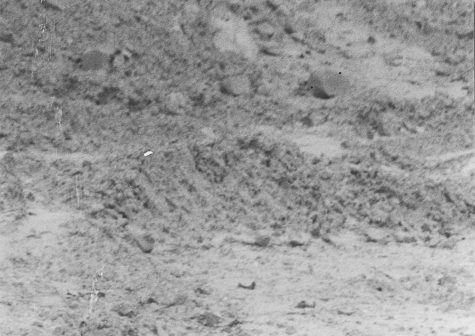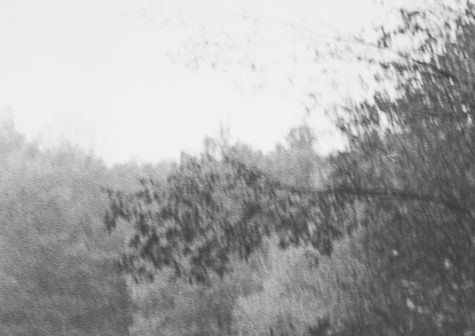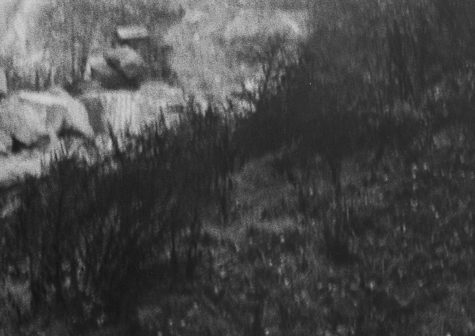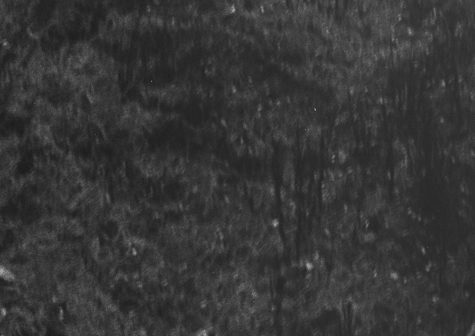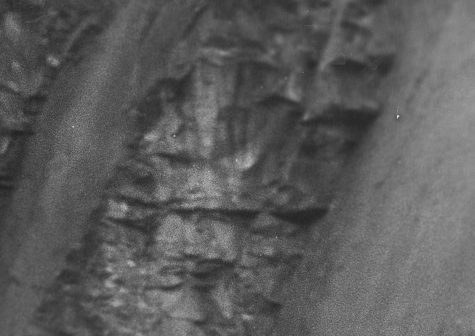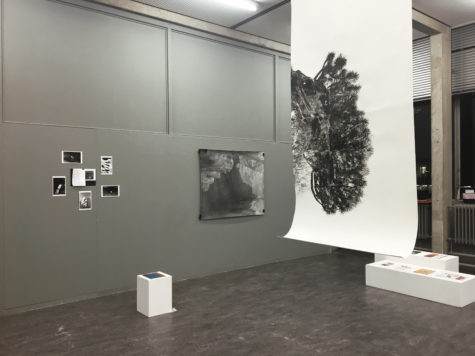Graduated with a Bachelor of Arts in Photography from the Gerrit Rietveld Academie in Amsterdam, my photographs are visual explorations through memory experience and the complex state of existence.
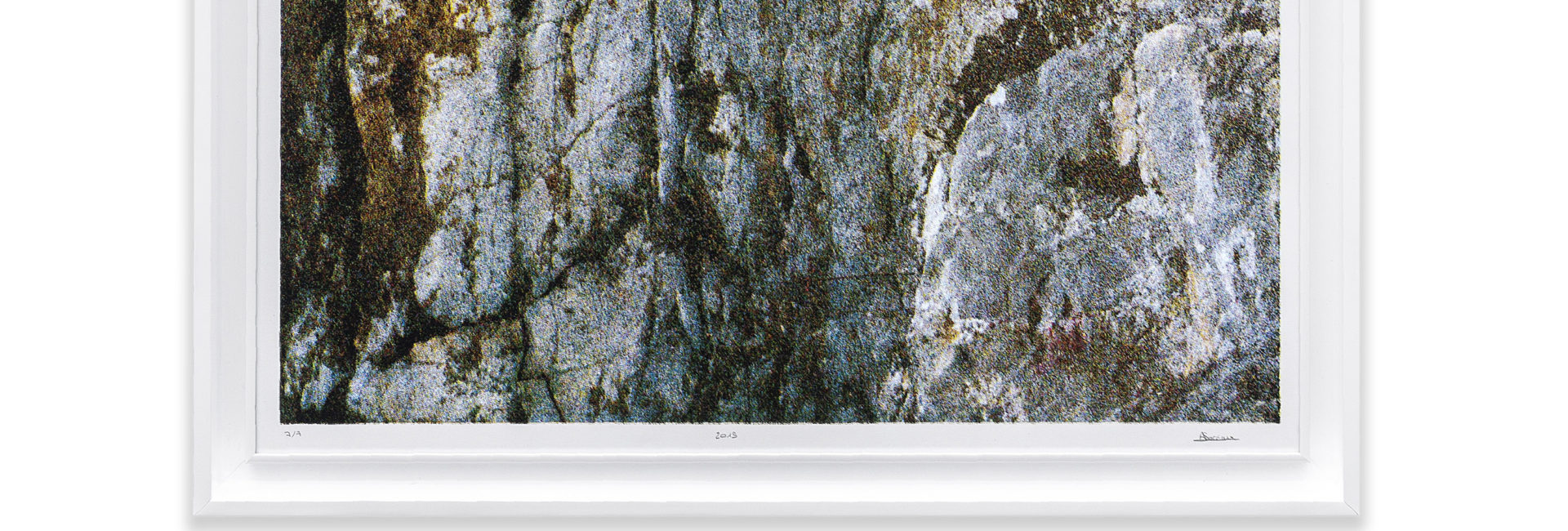
0
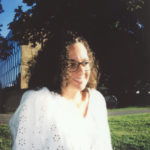
Aurélie Sorriaux
Amsterdam
In Search of my Curls
The work is about the heritage and the question of ourselves. A research into what is passed on in the family, what remains from our origin and how to identify with it. Being the only one in my family to have curly hair, I started to question my identity.
As humans we are social creatures part of a net of people: where in this web are we placed and what is our part in the world? Nowadays, we are facing a universal question of our origin, searching for an answer about our roots. Contrary to the common preconception we all are a mix of nationalities. This raise the question of identity: what I am? I am my nationality or my DNA? I am what my ancestor were and thus, who were they?
I investigated my family archives and the memories of my relatives to find answers, someone to relate even more and thus strengthen my identity. My project relates to an unsuccessful research. By exploring the most direct ancestral links, I did not find the answers I was looking for. The work is a collection of different areas of research, non-exclusive. I wrote a list of questions I would have liked to ask to my ancestors and then give them to my parents. The questions are an attempt to be close to my ancestors, what would they had pass on me? Obviously, this isn’t true. What is veridical is that the transmission is done by close relatives and that is often the only source of knowledge, the rest is in the imagination.
As a genealogist, I seek to explain something on the basis of verified data and thus strengthen my identity.
« Yes, I am palimpsest too »
“Yes, I am palimpsest too, a place made over but trying to trace back”
— Trace: Memory, History, Race, and the American Landscape, Lauret Savoy
Years after years, this process evolves. Within this process, a rock gets eroded as much as it collects more residue.
As history passes, just like the land with erosion traces our personal stories are marked.
Lauret Savoy writes in her book Trace: Memory, History, Race, and the American Landscape that “Sand and Stone are Earth’s fragmented memory. Each of us, too, is a landscape inscribed by memory and loss”. In this point of view, I assimilate stones as a representation of each personal story. We all had a story before our birth: where are we coming from ? What is our origin ? What did our ancestors ? Rocky mountains existed before us and will still do after us. The earth science which is geology gives us the key to read the past of our land and learn from it. What about us ? If we have the opportunity we can ask to our grandparents but we will never know enough. They will leave with all this knowledge, which we will never know. What to do of all these questions we will never be able to ask ? How to find an answer of these silenced memories ? How can we re-trace our story when we don’t have our ancestors anymore ?
As-tu un souvenir que tu souhaiterais ne jamais oublier ? Comment était mon grand-père ? Es-tu heureuse de ce que tu as crée ? Est-ce que c’était difficile pour toi quand mon grand-père partait à la guerre ? Qu’as-tu appris par ta vie et qu’est-ce que tu me donnerais comme conseil pour la mienne ? Pourquoi avez-vous dû partir d’Italie ? Te souviens-tu de tes frères et sœurs ?
LAND
This series explore the land with stones and vegetation.
The first action was to immerse myself in quarries and uninhabited places before to take pictures.
After this, I worked on my images in darkroom. My rule was to not transform the image in a digital form. I didn’t wanted to transform the analogue quality like the grain. I also wished to keep the materiality in photography.
Then, I selected some parts in the films to enlarge it. Those enlargements relate to my experience in the environment; my perception in the visited places just as the sensibility felt in the space.
Finally, the work is presented in many different form. On one hand, there is the originals prints on matt baryta paper. On the other hand, the images are projected on large format to increase the immersion to the viewers.
The images are extracted and created from 3 original analog prints.
